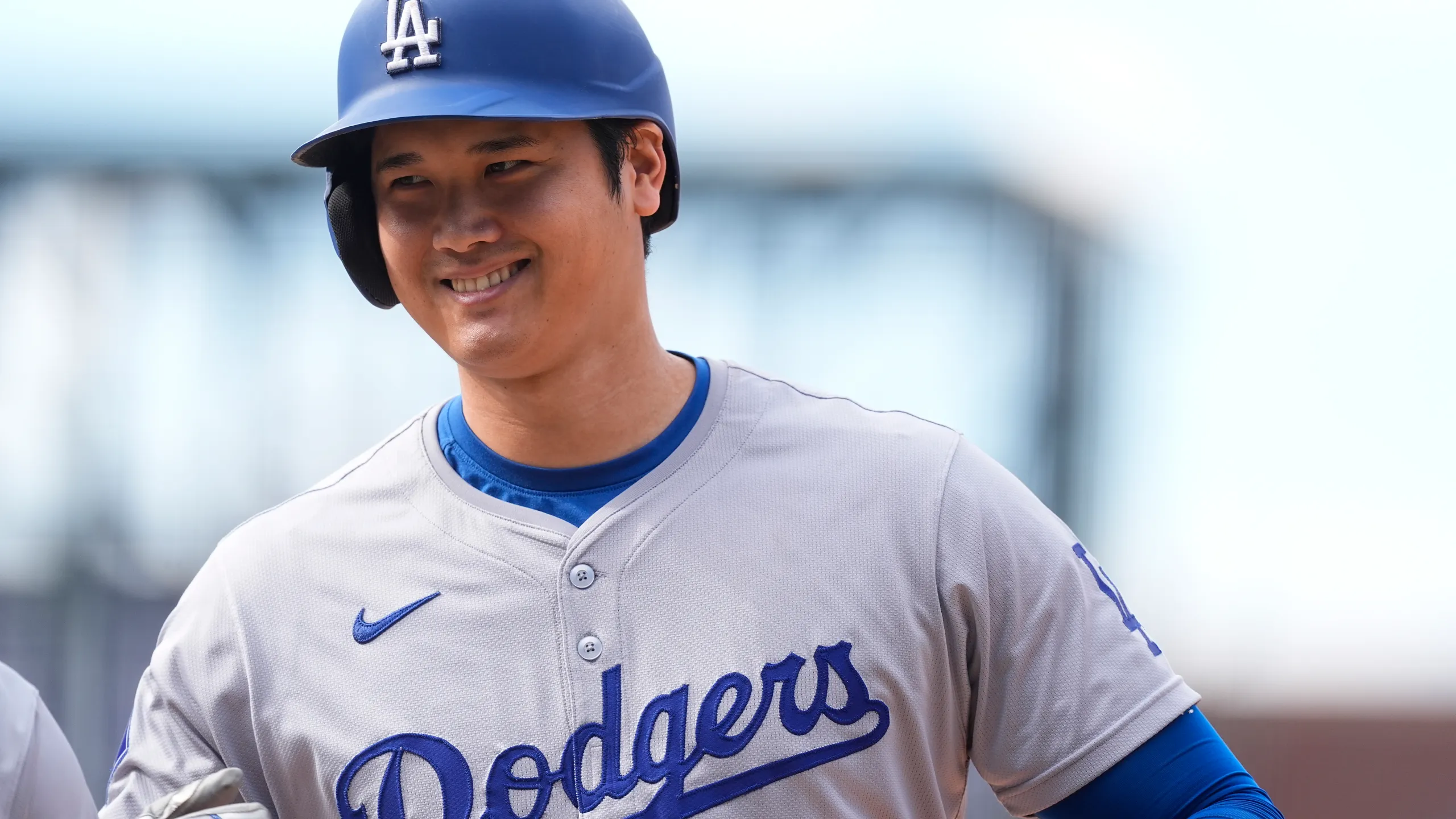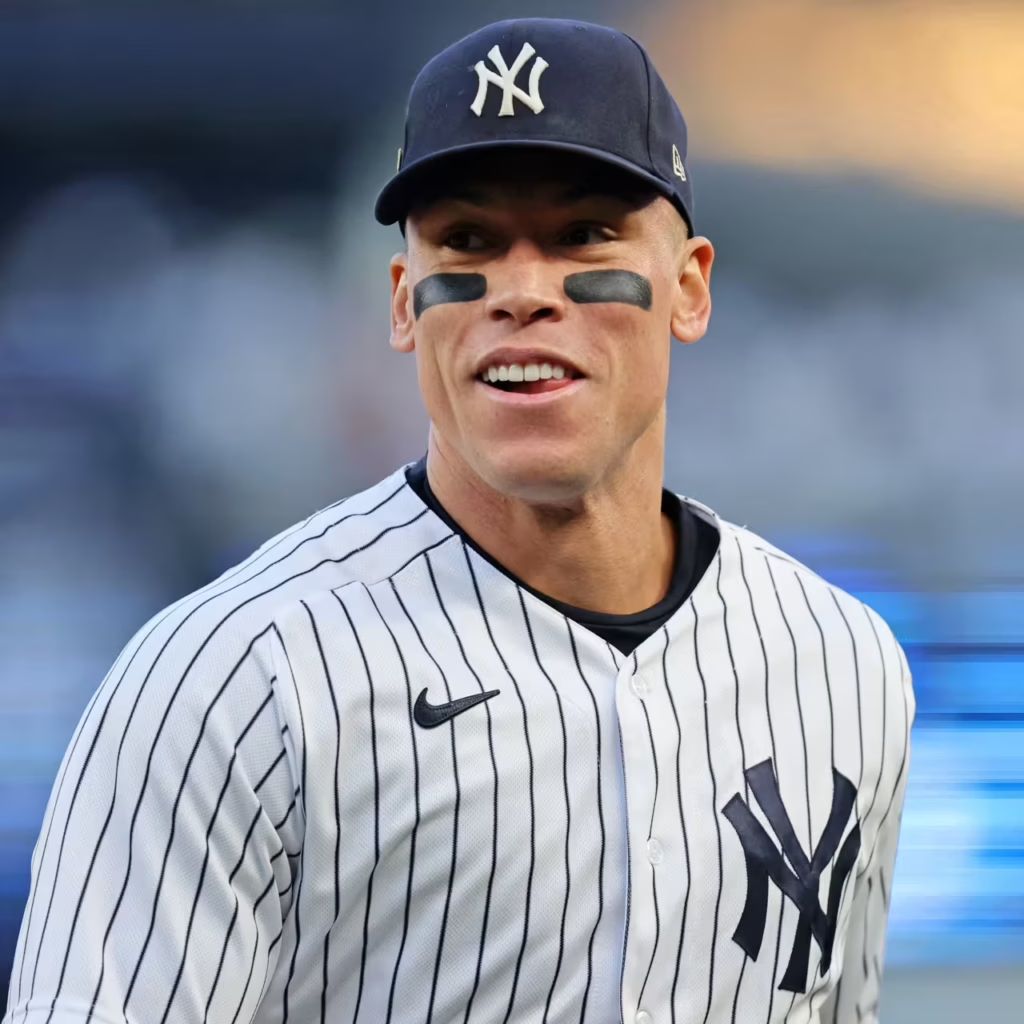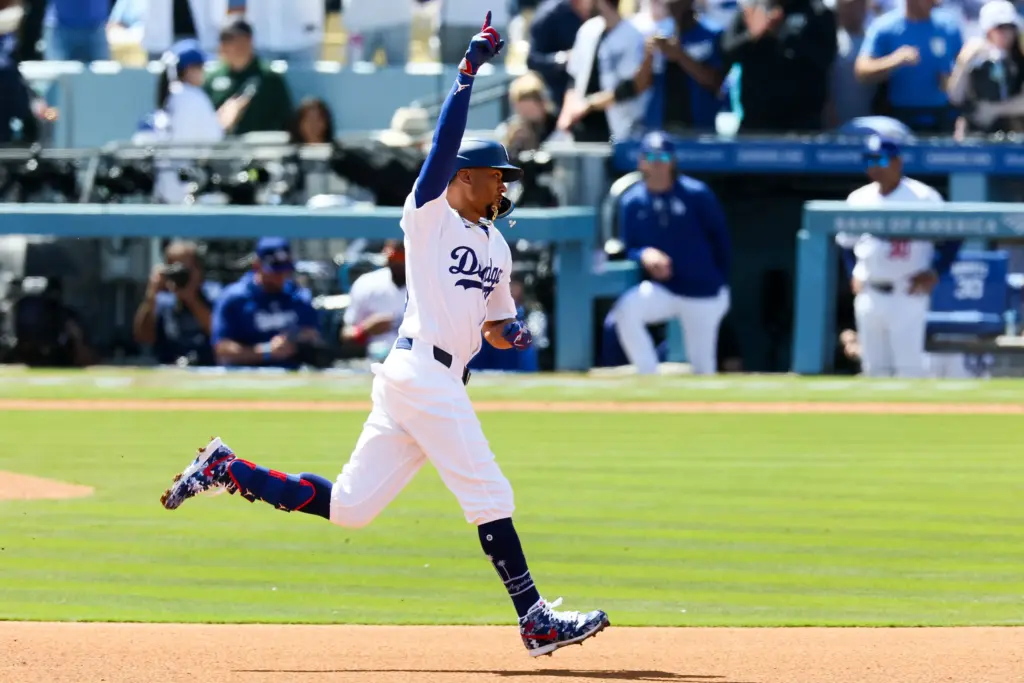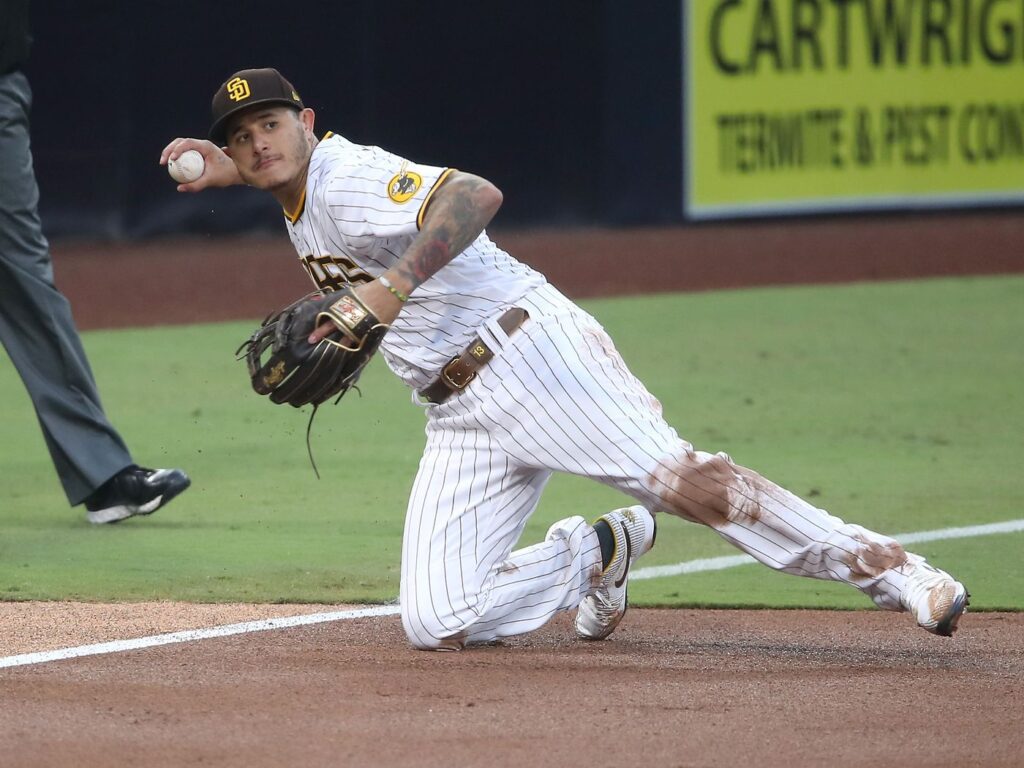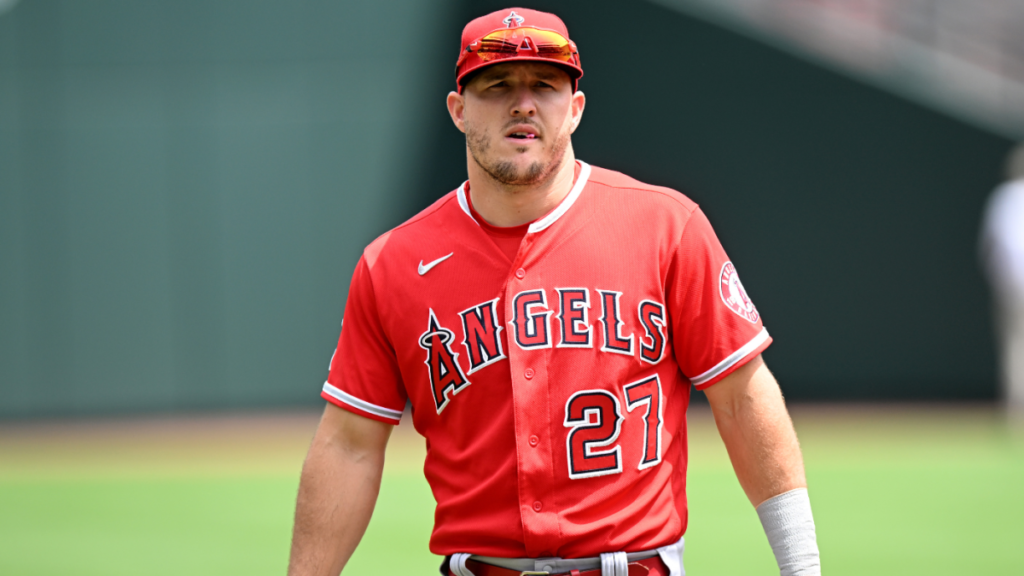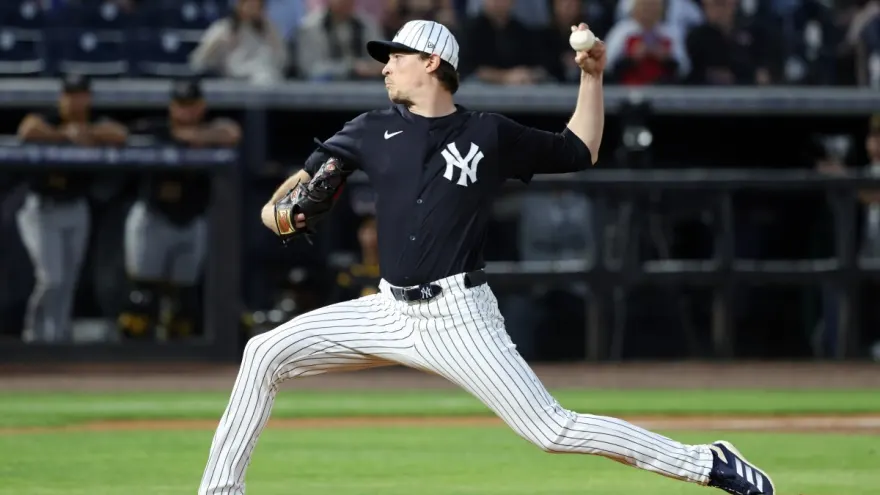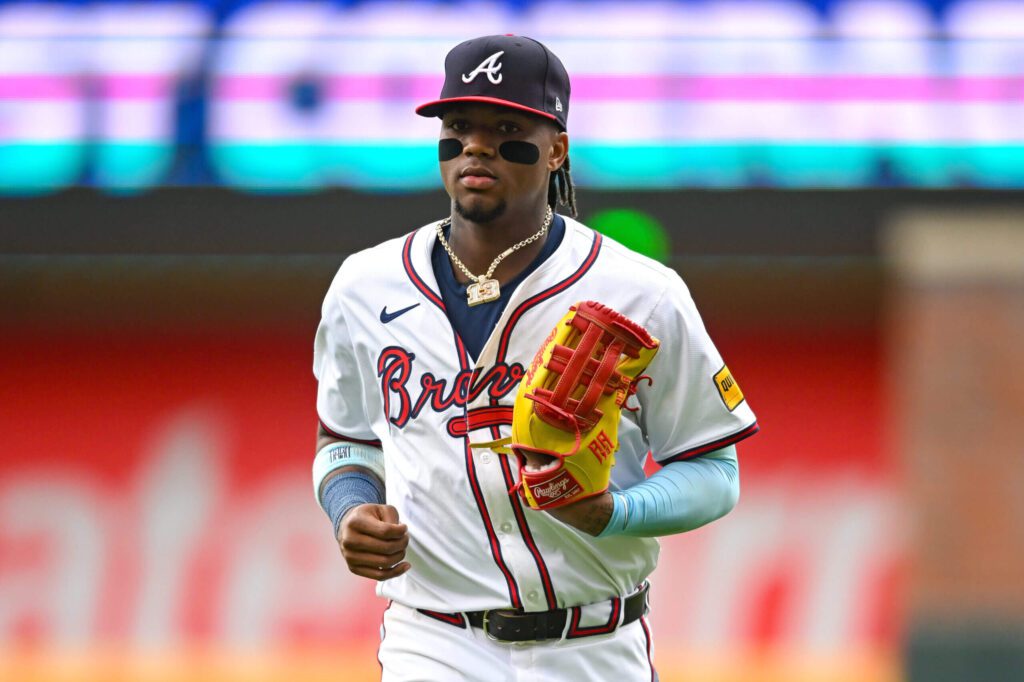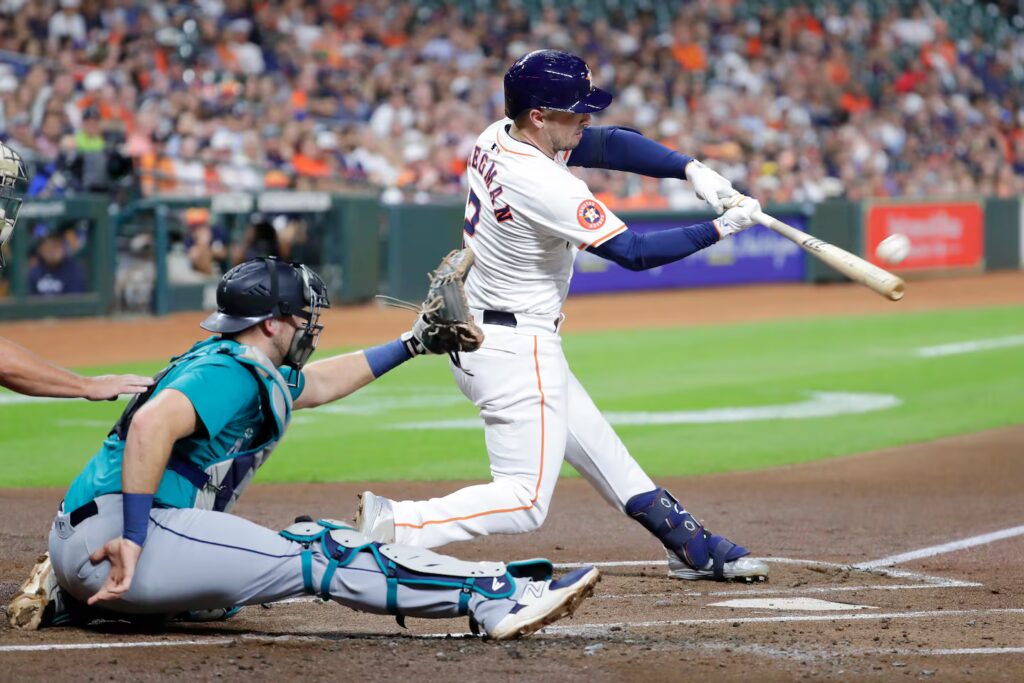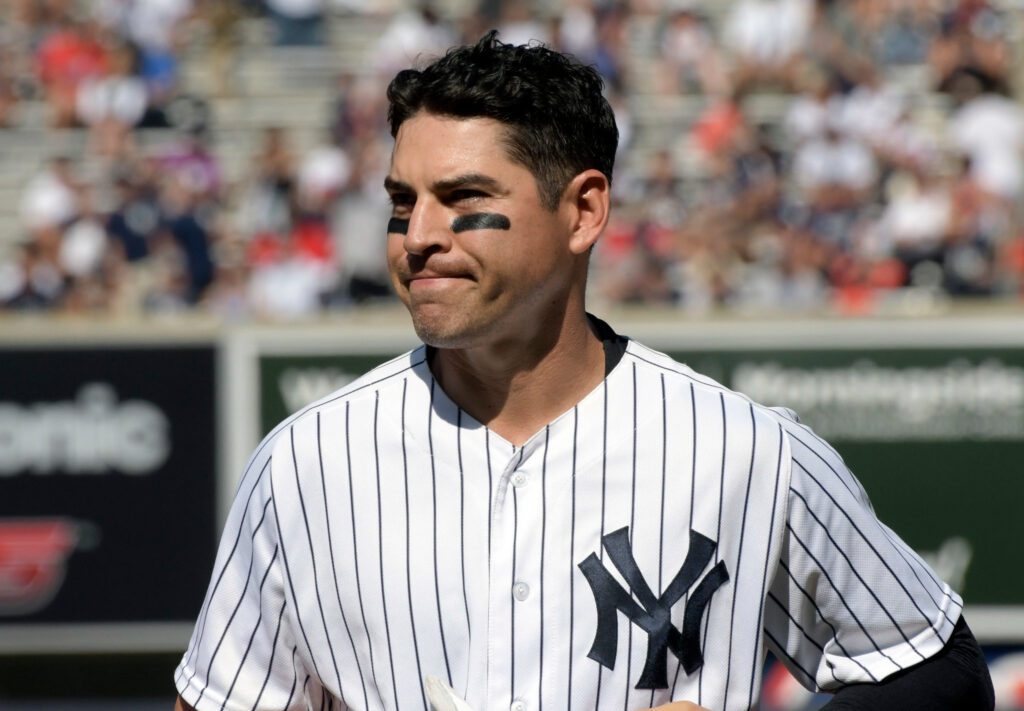Over the last decade MLB players have continued to shock the world with outlandish salaries that make even millionaires jealous.. The highest paid MLB stars are not just some of the best athletes on the planet — they’re also among the highest-paid entertainers in any industry. But what drives these massive paychecks, and are they worth the money?
Unlike other professional sports leagues, Major League Baseball plays a grueling 162-game season, more than double the number of games played in the NFL, which clocks in at just 17 regular-season matchups. Between the marathon schedule, global travel, fan expectations, and media obligations, top MLB players are expected to perform under pressure nearly every single day for over half the year.
This consistent demand for high-level performance, combined with baseball’s massive media rights deals, merchandising revenue, and franchise valuations in the billions — has led to some jaw-dropping contracts. As we head into the 2025 season, the salaries of elite players continue to trend upward. But with record-breaking figures come big expectations. Let’s dive into the highest paid MLB stars, what they’re earning, and whether those numbers are really justified.
Top 10 Highest Paid MLB Stars in 2025
1. Shohei Ohtani – $70 million/year (Los Angeles Dodgers)
Ohtani has completely redefined the modern athlete in baseball. As the sport’s only two-way star — a power-hitting slugger and ace-level pitcher — he inked a record-shattering 10-year, $700 million deal with the Dodgers. In 2023, he launched 44 home runs with a 1.066 OPS and posted a 3.14 ERA in 23 starts before elbow surgery sidelined his pitching. Even while resting his arm in 2025, his offensive firepower and global marketability continue to justify every dollar. He’s not just one of the highest paid MLB stars — he’s arguably the most valuable player in all of sports. Also winning his 3rd AP Male Athlete of the year award.
2. Aaron Judge – $40 million/year (New York Yankees)
The Yankees captain earned his blockbuster 9-year, $360 million deal after an AL record 62-homer season in 2022. A towering presence at 6’7″, Judge brings unmatched power, a .400+ OBP when healthy, and elite defense in right field. While his career has been interrupted by injuries, his presence transforms the Yankees’ lineup. When he’s hot, he’s one of the most feared hitters in baseball — and in New York, that makes him worth every penny.
3. Max Scherzer – $43.3 million/year (New York Mets)
Scherzer’s 3-Cy Young résumé and bulldog mentality earned him one of the highest average salaries in MLB history. Even at 40, he continues to post elite strikeout rates and give the Mets valuable innings. His fiery competitiveness and postseason experience are invaluable, though durability is a growing concern. For a team trying to win now, Scherzer still delivers playoff-caliber pitching and leadership.
4. Justin Verlander – $43.3 million/year (Houston Astros)
The ultimate workhorse, Verlander returned from Tommy John surgery in 2022 to post a league-leading 1.75 ERA and win his third Cy Young. His reunion with Houston brought veteran stability back to the rotation. While he’s no longer dominant every start, Verlander’s durability, command, and playoff pedigree make him an expensive but still worthy investment for a team in win-now mode.
5. Jacob DeGrom – $42 million/year (Texas Rangers)
DeGrom is perhaps the most electric pitcher of his generation when healthy. He has unmatched upside with a career ERA below 2.60 and a fastball that can still hit triple digits. However, after signing a 5-year, $185 million deal, he required his second Tommy John surgery and missed most of 2023 and 2024. The Rangers made a bet on the ceiling over the floor. If he returns in 2026 and stays healthy, the contract could still pay off. Until then, it remains a major financial gamble.
6. Mookie Betts – $35 million/year (Los Angeles Dodgers)
Betts does it all — Gold Glove defense, 30+ homers, elite baserunning, and positional versatility. In 2024, he hit .307 with 39 HRs and nearly won his second MVP. His 12-year, $365 million deal has been worth every dollar. He’s even filled in at shortstop, showing incredible team-first mentality. Betts’ consistency and leadership have made him a foundational superstar on a championship-caliber team.
7. Carlos Correa – $35 million/year (Minnesota Twins)
Correa’s 6-year deal with Minnesota came after failed physicals nixed mega-deals with San Francisco and New York. While his 2023 numbers (.230 AVG, 18 HR) fell short of expectations, he remains one of the best defensive shortstops in the league. He’s also a proven playoff performer. 2025 is shaping up to be a make-or-break year to prove whether he’s still worthy of top-tier pay.
8. Manny Machado – $34 million/year (San Diego Padres)
Machado signed a massive 11-year, $350 million extension in 2023, cementing his role as a Padres cornerstone. In 2022, he hit .298 with 32 HRs and finished runner-up in MVP voting. A Gold Glove third baseman and clubhouse leader, Machado started 2024 slow but has begun to rebound. His durability and ability to carry a lineup when hot make him a core piece — and still a justifiable investment.
9. Mike Trout – $34 million/year (Los Angeles Angels)
Trout has long been considered the most complete player in baseball. A three-time MVP with a career OPS over 1.000, his $426 million contract once set the market. But the past few seasons have been plagued by injuries, limiting his games played and production. While still elite when active, 2025 may be a pivotal season to determine whether Trout can return to being MLB’s best, or if the Angels are overpaying for past greatness.
10. Francisco Lindor – $34 million/year (New York Mets)
Lindor’s 10-year, $341 million deal was a statement by the Mets, and he’s mostly delivered. In 2023, he hit 31 HRs and stole 30 bases, combining power and speed with elite defense. While his batting average (.250 range) has dipped, his WAR and leadership remain strong. He’s been a durable, charismatic presence for the Mets, and even if not a top-five player, he’s giving them solid value near the top of the payroll.
How Much Does the Average MLB Player Make?
While the highest paid MLB stars dominate headlines, the average MLB salary in 2025 is around $4.5 million per year. However, this number is heavily skewed by the top-tier contracts.
Players with less than three years of service typically earn closer to the league minimum, currently at $740,000. There’s a wide pay gap between superstars and everyday players — a dynamic that continues to drive player union negotiations around arbitration rights and free agency eligibility.
Still, MLB remains one of the most lucrative pro leagues in the world, offering even mid-tier players life-changing earnings.
Rookie Salaries in 2025
Rookies breaking into MLB in 2025 are earning a base salary of $740,000, provided they’re on the active roster. Top draft picks and international signees often receive large signing bonuses — some exceeding $5 million — before they ever step foot on a major league field.
That said, most rookies remain under team control for six years before they’re eligible for free agency. While arbitration helps increase their salary after three years, this team-friendly structure allows franchises to maximize value from young stars before they hit the open market.
In essence, while the highest paid MLB stars rake in massive sums, the rookies grinding it out for minimum salary are often just as valuable on the field.
What Does the Future Hold for MLB Salaries?
With the current pace of media rights deals, international growth, and the booming sports economy, many insiders believe we could see the first $1 billion MLB contract within the next decade.
Shohei Ohtani’s groundbreaking deal has redefined what’s possible — and it won’t be the last of its kind. As players become more marketable globally and more versatile on the field, their value to teams (and brands) continues to rise.
We’re also likely to see:
Longer contract lengths with deferred money
Larger incentives and escalators for performance
Revenue-sharing models that tie player earnings to team profits
With rising luxury tax thresholds and massive team valuations, MLB salaries — especially for generational talents — show no signs of slowing down.
When Big Contracts Backfire: Lessons from the Past
Of course, not all mega-deals turn out well. Some of the most infamous examples of salary regret in MLB history include:
Chris Davis – Orioles
Signed a 7-year, $161 million deal in 2016. Davis struggled with strikeouts and declining power, ultimately hitting .168 in his final full season. The Orioles paid tens of millions for a player who couldn’t stay on the field.
Jacoby Ellsbury – Yankees
After signing a 7-year, $153 million contract, Ellsbury’s time in New York was riddled with injuries and inconsistency. He was released with two years remaining on the deal and never played again.
Albert Pujols – Angels
While productive in his early years with the Angels, Pujols’ 10-year, $240 million deal weighed heavily on the team during his decline. His later seasons didn’t match the massive expectations.
Carl Crawford – Red Sox/Dodgers
Crawford never regained his Tampa Bay form after signing for $142 million. Injuries and underperformance made this one of Boston’s most regrettable investments.
These cautionary tales are a reminder: long-term deals for aging stars can become major liabilities if production drops — even if the intention is to win now.
Are the Highest Paid MLB Stars Worth It?
So, are the highest paid MLB stars truly worth the money?
In many cases — yes. Players like Shohei Ohtani, Aaron Judge, and Mookie Betts bring more than just wins; they sell jerseys, put fans in seats, and elevate the entire brand of a franchise. When a player helps drive revenue, fan engagement, and playoff success, the ROI can justify even a $70 million price tag.
That said, risk is always part of the equation. Injuries, declining performance, and poor team fit can turn even the biggest stars into burdens. Smart front offices are now blending analytics, scouting, and long-term cap planning to make these deals more calculated.
As salaries continue to rise, teams and fans will continue asking the same question: Is this player really worth the price? And for the top-tier few — the answer might just be yes.

